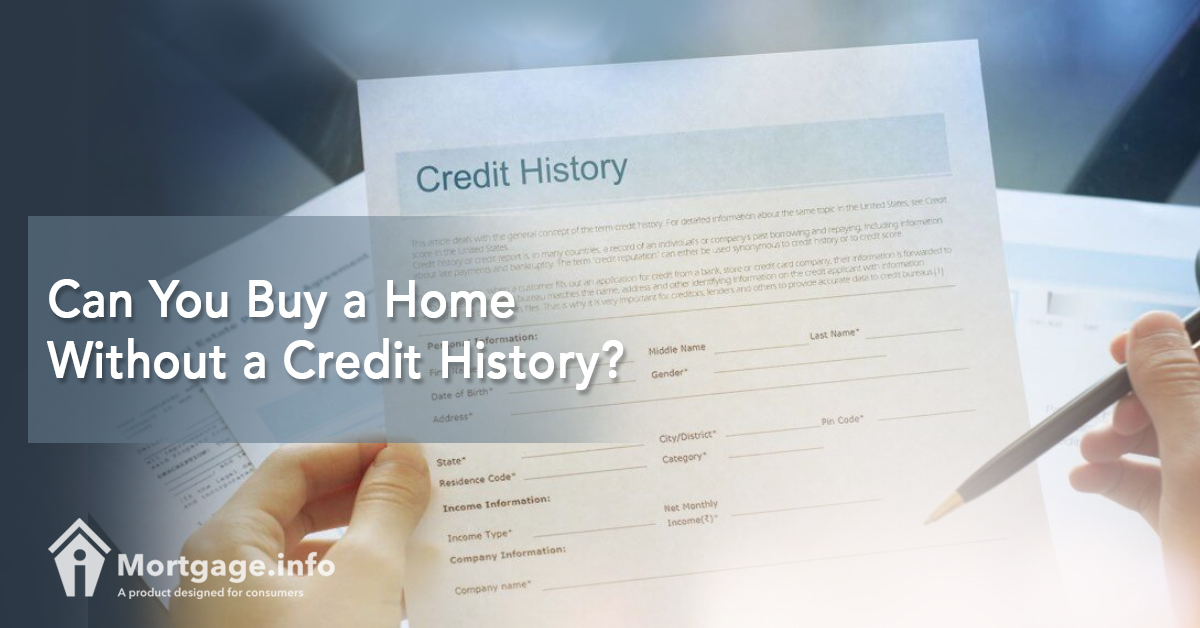In an ideal world, living debt-free is the norm. But in the real world driven by credit, you need to have a paper trail of payments, called credit history, to back your mortgage for your first home purchase. This credit history forms the basis of the three-digit credit scores used by the lenders to assess your creditworthiness. If you’ve been paying everything in cash and have zero debt, how can you get a mortgage?
Establishing a Nontraditional Credit History
For starters, you can use your rent payments and student loan repayments to form a payment history, which consists of:
- Information about your rent is remitted by landlords to third-party processors that in turn will report this to credit bureaus like Experian. Ask your landlord if they are reporting your rental payment history.
- Monthly payments on your student loan, which is an installment debt, is reportable for credit scoring purposes. Make at least six timely payments on your student loan to be counted toward your payment history.
- Payments toward your cellphone and utility bills may be considered but reporting such is not as prevalent due to privacy issues.
It’s a common belief that you need to open a credit card or take out a personal loan to help build your credit to secure a mortgage. But that’s not necessary as payment histories from those alternative sources can be used to establish a non-traditional credit profile.
Non-Traditional Credit Loans
FHA loans have been known to accept borrowers with insufficient or non-traditional credit. To be considered for an FHA loan, the borrower with a non-traditional credit must show a credit history of 12 months:
- Without delinquent rental payments
- With only one 30-day delinquent payment to other tradelines like utilities
- Without accounts in collections, except for those related to medical
For those without credit references or only Group II references as defined by the FHA, the borrower must have no collection accounts within the past 12 months and only one 30-day delinquency on payments due to any Group II reference.
Other than those requirements for a satisfactory credit history, the borrower must meet all other underwriting guidance set by the HUD/FHA. This includes a debt-to-income ratio of 43% and two months’ worth of cash reserves to fund mortgage payments.
Conventional loans like those delivered to Fannie Mae require lenders to establish a nontraditional credit profile for borrowers with insufficient credit. Apparently, this non-traditional credit profile can’t be used if:
- The lender is able to compute a credit score despite the borrower’s limited credit history.
- The borrower has an amount of credit sufficient to compute a credit score, which falls below the minimum required by Fannie Mae.
- The borrower has bankruptcy, foreclosure or another derogatory event on his/her credit history, in which case, an appropriate waiting period is imposed before he/she can apply for a mortgage.
Other Options
Aside from FHA loans, one can look to other lenders that can make loans for people with hardly a debt history.
- Find a lender who is willing to underwrite loans manually. This is often employed for no credit score loans and can be more tedious than automated underwriting as the lender has to look into the rental history, explanations on derogatory credit events, compensating factors to offset the thin credit profile, and other non-traditional credit accounts that can be added into your credit report.
- Try approaching alternative and smaller lenders as well as mortgage brokers. Credit unions, peer-to-peer lenders, and other nontraditional lenders are a good place to start as they are known for their more relaxed guidelines to credit scores, etc. and less expensive too.
- Take time to build a sufficient credit. An established credit history will not only speed up the process when you apply for mortgages but can open to other financing opportunities in the future.

